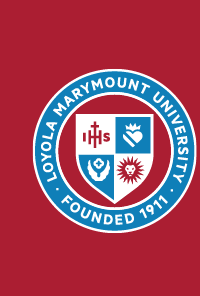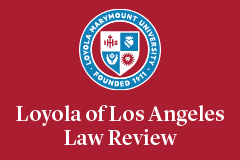Abstract
This Article explores the Supreme Court’s recent decision in Association for Molecular Pathology v. Myriad Genetics, Inc. in the historical context of the Court’s jurisprudence regarding the scope of patent-eligible subject matter under 35 U.S.C. § 101, including the broad, judicially created “exceptions” to the statute which exclude “laws of nature, physical phenomena, and abstract ideas” from patent eligibility. The authors posit that the Myriad decision was a significant departure from the Court’s prior jurisprudence regarding patent-eligible subject matter. The authors welcome this departure and contend that Myriad more accurately adhered to the letter and the spirit of § 101 than did many of the Court’s prior rulings. The authors further propose that Myriad’s bright-line test for patent eligibility can provide a foundation for a clear and workable framework, grounded firmly in statute, that would at last bring order and consistency to an area of patent law that has long been riddled with confusion and uncertainty.
Recommended Citation
Alan J. Heinrich & Christopher T. Abernethy,
The Myriad Reasons to Hit "Reset" on Patent-Eligibility Jurisprudence,
47 Loy. L.A. L. Rev. 117
(2013).
Available at: https://digitalcommons.lmu.edu/llr/vol47/iss1/3



